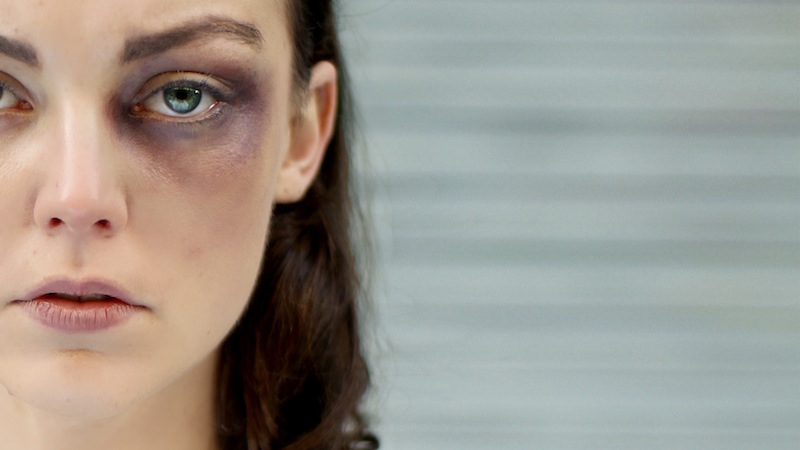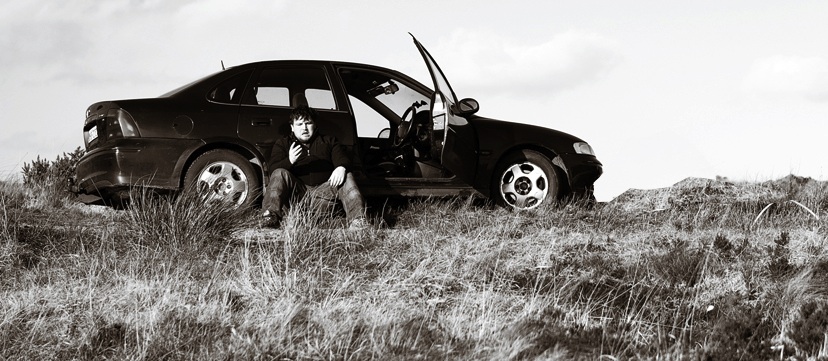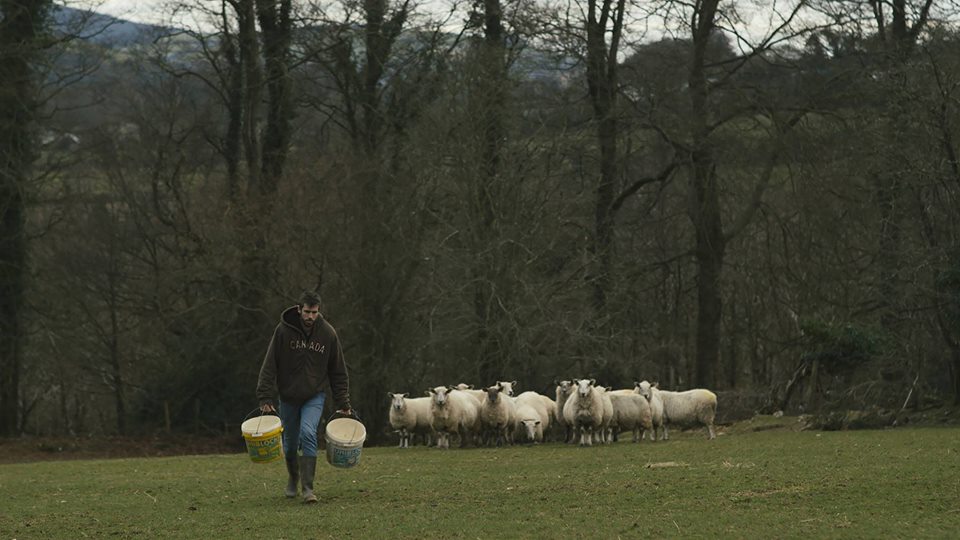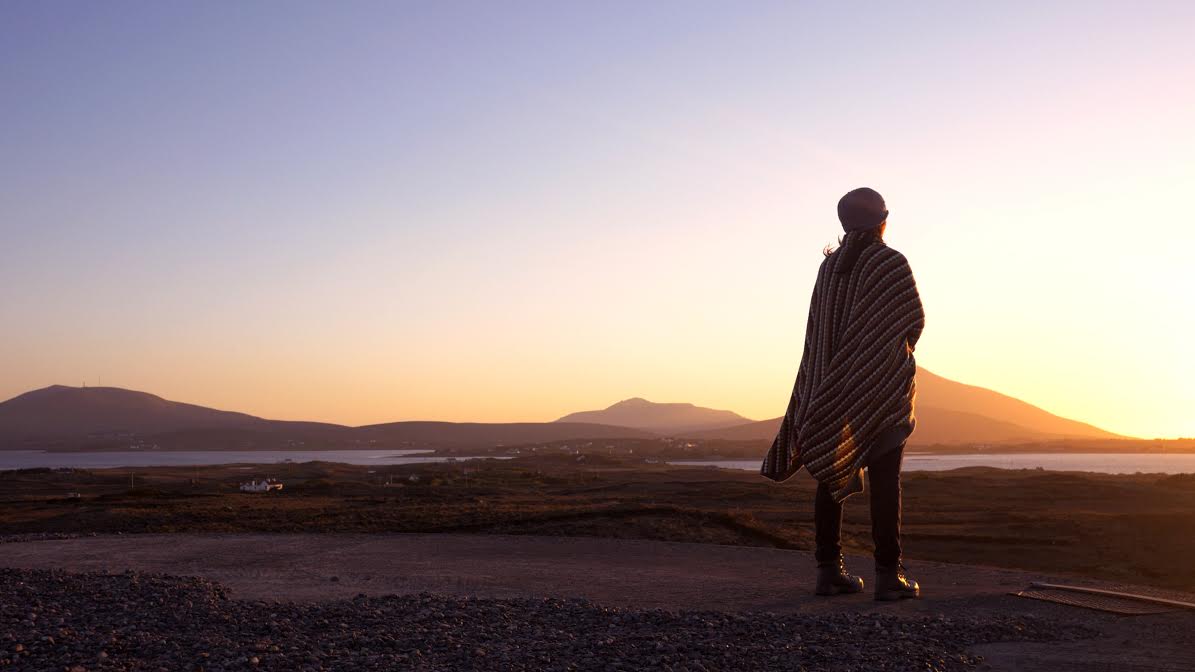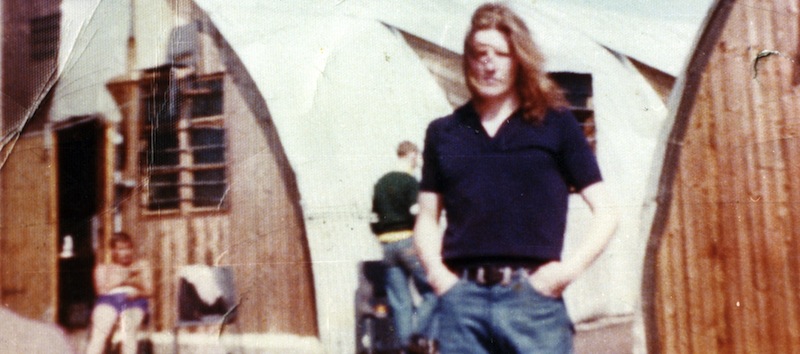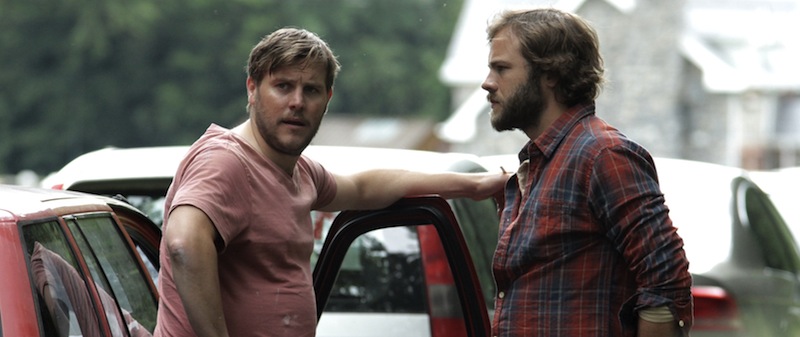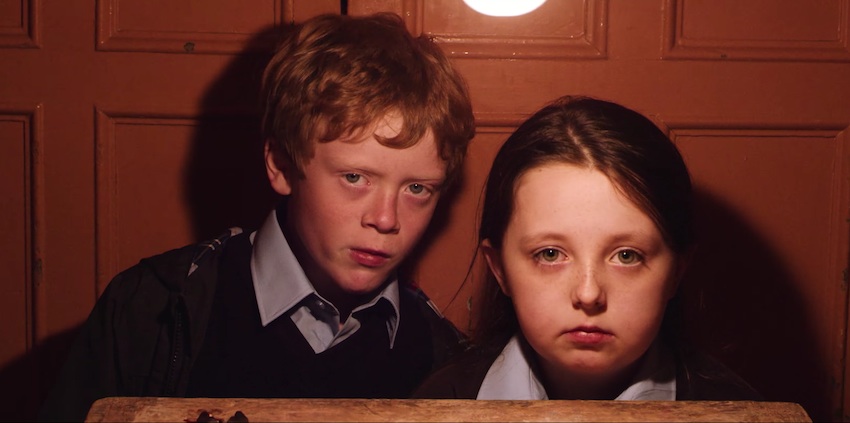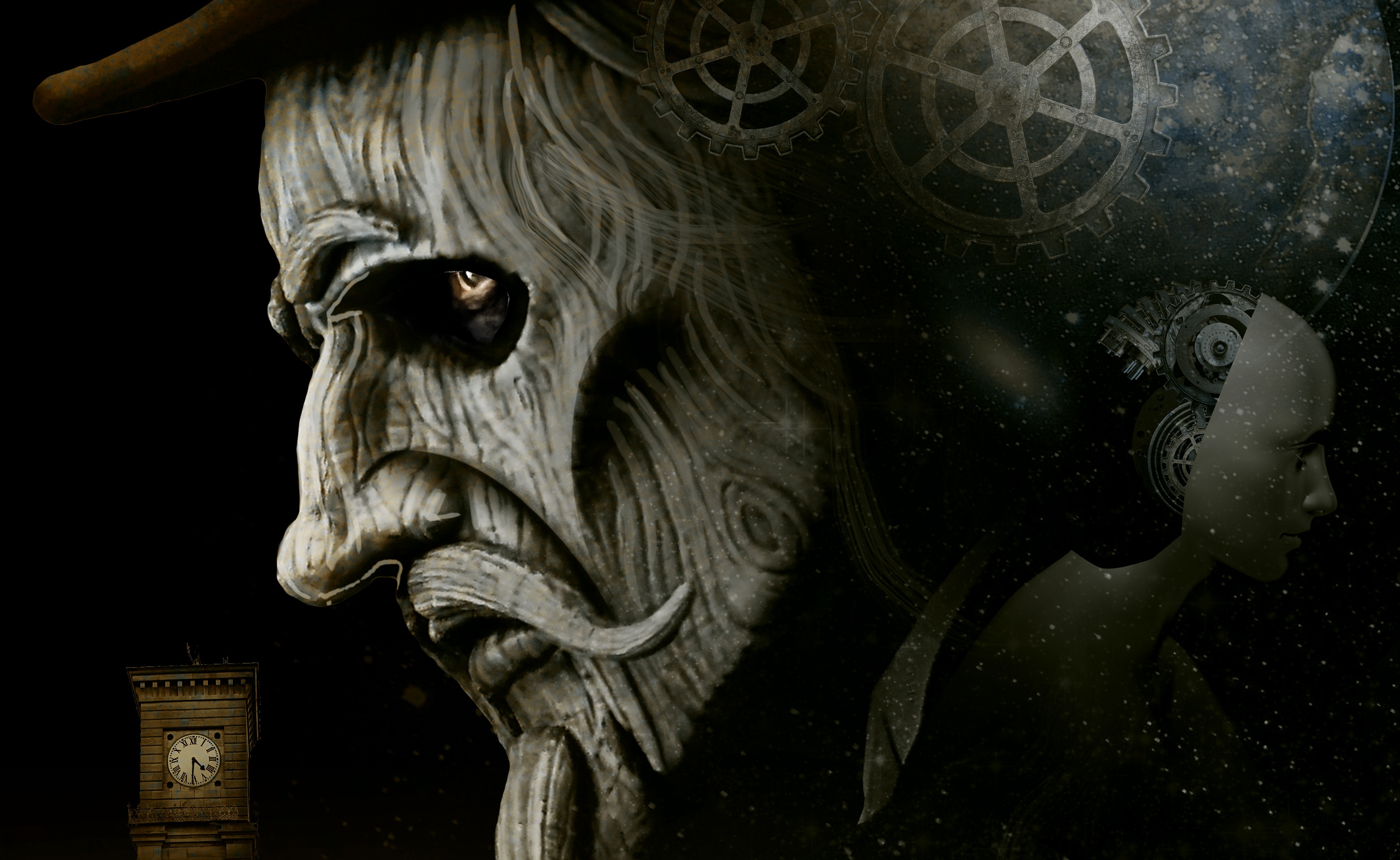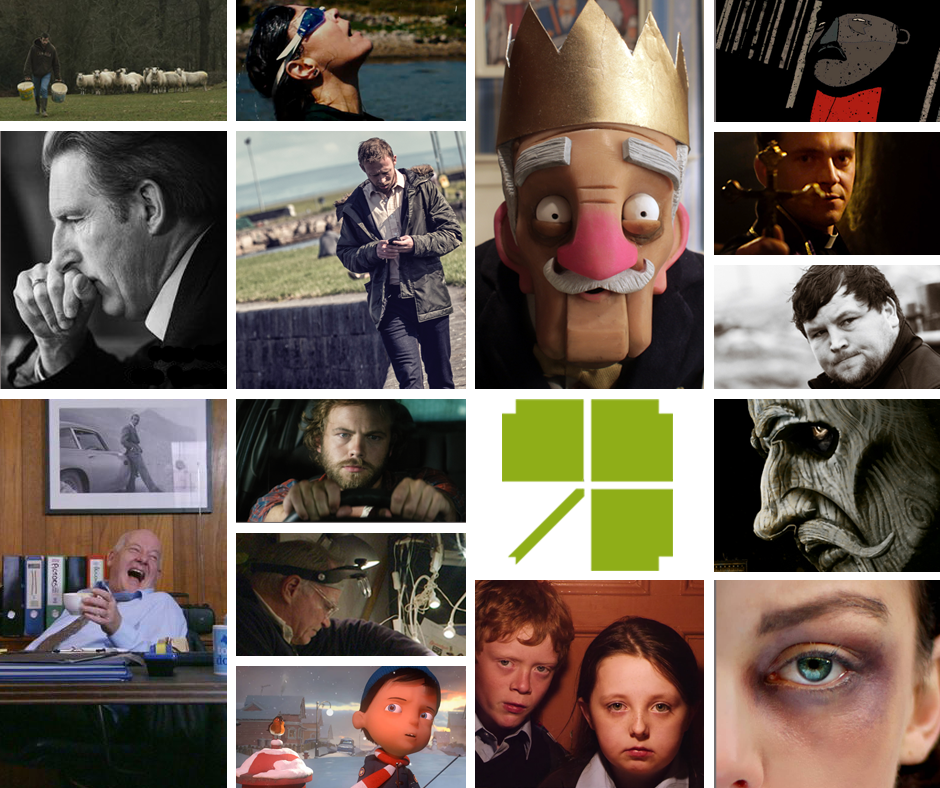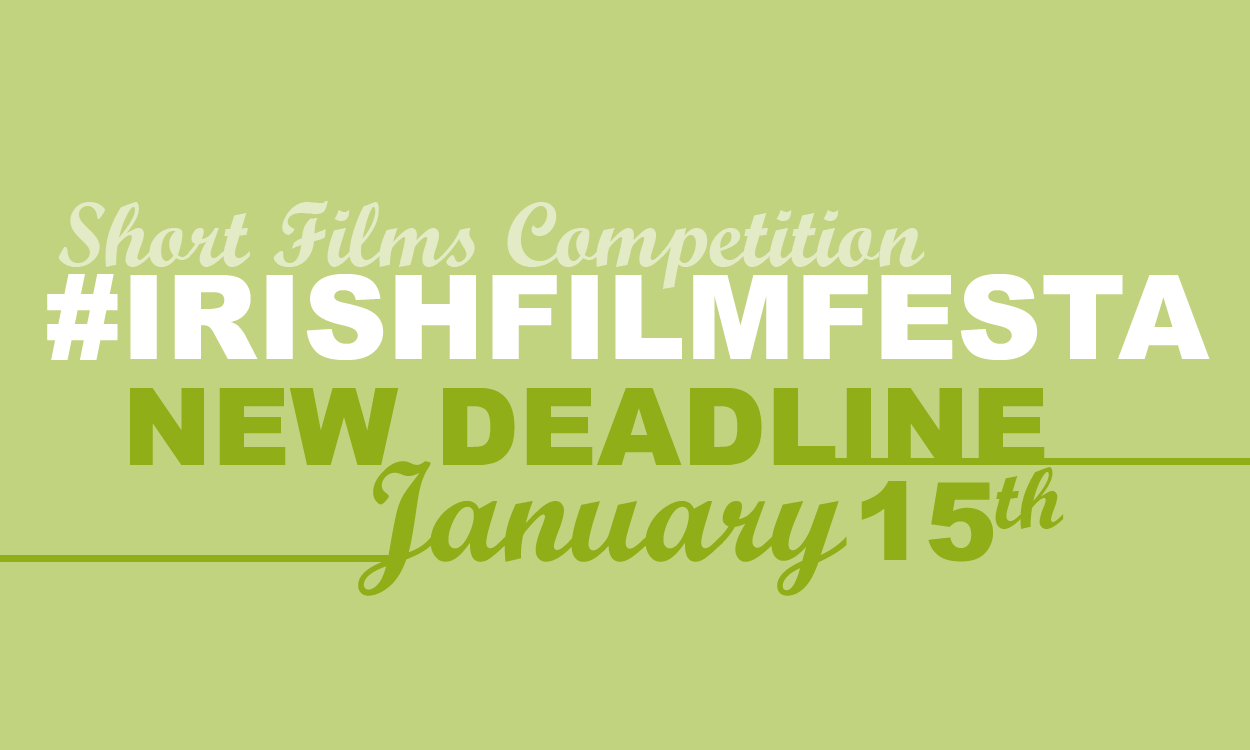On the cusp of becoming a young woman, Lily navigates the treacherous waters of school life with her best friend, the fiercely loyal and flamboyant Simon. When a misunderstanding with the beautiful and popular Violet leads to a vicious attack, Lily is faced with a great challenge.
Lily is an LGBT themed short film which will screen in competition at the 10th Irish Film Festa (March 30th – April 2nd, Rome).
We spoke to the director Graham Cantwell, who was our guest in 2014, when he conducted a great acting masterclass and also attended the screening of his feature film The Callback Queen. Its lead actress, Amy-Joyce Hastings, plays a small but important role in Lily.
How did you cast and work with the young actors?
We sent out a casting call for the young actors to all the agents and young actors’ groups in Dublin, and had an amazing response. We saw some of the best young actors in the country for the roles of Lily, Simon, Violet and Emer.
When Clara Harte came in to audition we knew immediately we had found our Lily. She had such a wonderful combination of intelligence and vulnerability. Leah McNamara, I knew I wanted for the role of Violet when I saw her headshot: she had the perfect look for the character. I just hoped she would be good enough in the room, and thankfully she and Clara were fantastic together in the auditions.
For Emer, the bully character in the film, Hallie Ridgeway showed up and nailed it from take one. Simon was far more difficult to cast. We looked at dozens of very talented young actors, but none of them quite had the quality I was looking for in Simon. Then Dean Quinn showed up at the last minute and saved the day. He captured everything we needed for Simon: his heart, his sass, his protective nature.
Once we had assembled the actors we rehearsed quite a bit, particularly the choreography of the fight scene. Clara and Dean got very close very quickly, and their bond formed the core of the film. I had some very experienced actors like Amy-Joyce Hastings and Paul Ronan come in to work with the younger cast and that helped them to raise their game.
Since the story has a lot of references to school life and teen habits, were the actors also involved in the writing process?
The script was written long before we had any of the younger actors involved, but we did workshop the dialogue in the rehearsal process, and as they began to naturalise the text and own their characters their dialogue shifted and became more akin to their own voices.
We spoke to youth groups and sent the script to people involved in the LGBT community in Ireland for feedback, and had younger people read it for authenticity. During the filming process we also adapted the script as one would always do to incorporate the actors’ feedback and instincts.
Music is very present in Lily, mostly during the emotional moments: how did you work with the composer Joseph Conlan?
Joe and I have worked together on a number of projects since our first collaboration on my feature film The Callback Queen and we have developed an understanding and a working process that serves the films we work on together very well.
He is based in LA, so we work remotely, on Skype and in emails. It’s very difficult to articulate what you are looking for from a piece of music, I always think of the Elvis Costello quote that “talking about music is like dancing about architecture”. So we discuss moods and emotions, the responses that I’d like the audience to have at particular moments, and Joe suggests instruments that we may use. Joe then composes something for each cue and we lay it against picture and discuss adjustments. He has an incredible ear and an understanding of narrative that is quite rare, his first drafts are always very close to what we end up with, so our discussions are rarely technical, and quite often have more to do with intangible things like feelings and mood. I’ve been very lucky to have worked with Joe on so many projects and hope to do so long into the future.

